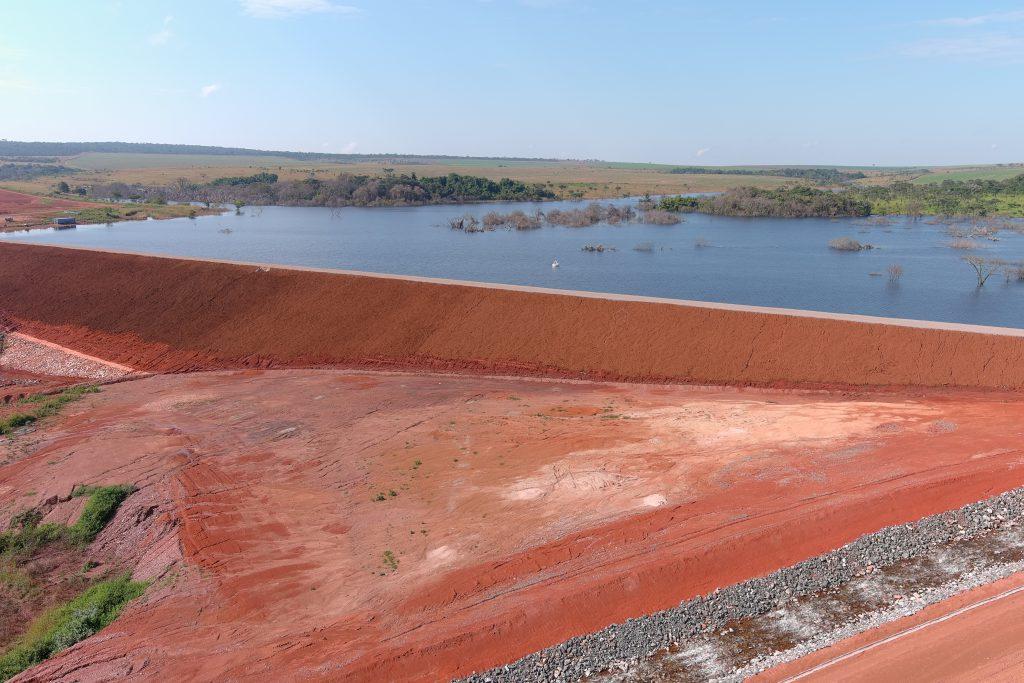The Dam Project is a large-scale irrigation system located in Kwanza Norte, Angola, that supplies water to 23 center pivot irrigation machines for farming on 1300 hectares of maize and soy fields. The system consists of an earth embankment dam, a floating suction device, an emergency overflow discharge, a pumping station, a filtering station, an underground PVC pipe network, and a central controller. The project aimed to increase food security in Angola and bring stable employment and improved living conditions to the local population.
Challenges
The project faced several challenges during its implementation, including resistance from the local population due to inefficient handling of compensation and construction of a new village, execution difficulties during rainy seasons due to the size and location of the dam, difficulty in obtaining equipment and materials due to the remote location of the farm, lack of grid electricity, and slow radio communication due to long distances between the main controller and the end units and hilly terrain.
Solution
Despite facing challenges such as resistance from the local population, execution difficulties during rainy seasons, difficulty in obtaining equipment and materials, lack of grid electricity, and slow radio communication, the project was successfully implemented through the use of innovative technical solutions and high-quality equipment such as the use of a direct diesel engine driving system instead of a diesel motor + generator + VFD + electrical motor system saved CAPEX and OPEX. The construction of cement block houses, a school, and a medical center, and the installation of a water supply system with taps and a washing tank powered by solar panels improved the living conditions of the local population.
Impact
The dam and irrigation project had a significant impact on the local population by providing stable employment and improved living conditions. It also increased food security in Angola by making the farm less dependent on rainfall and increasing crop production. Overall, the project demonstrated the importance of careful management of compensation and community engagement, innovative technical solutions, and consideration of local conditions to achieve successful implementation and impact.


